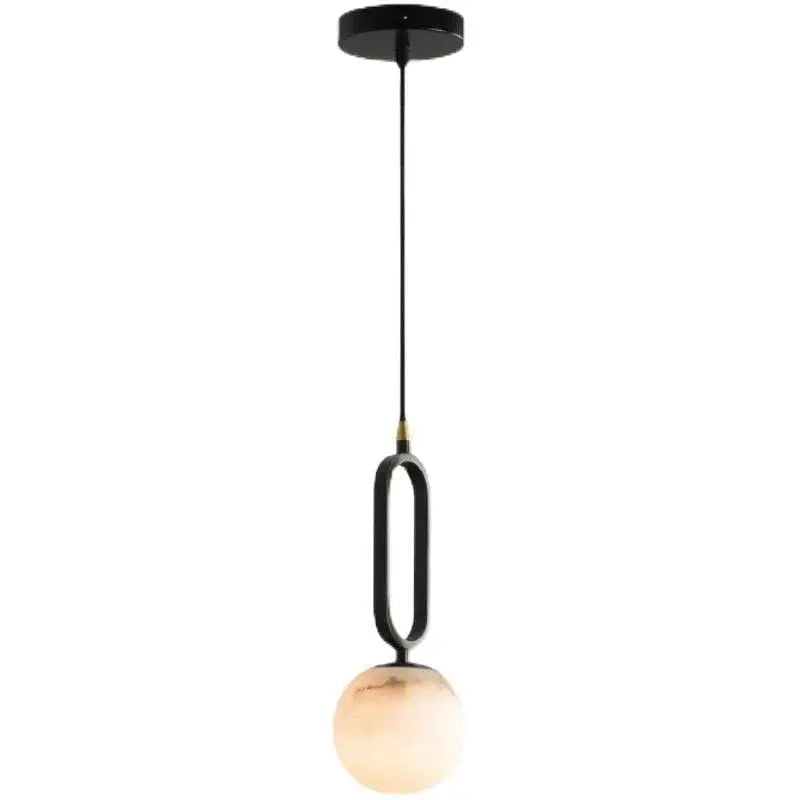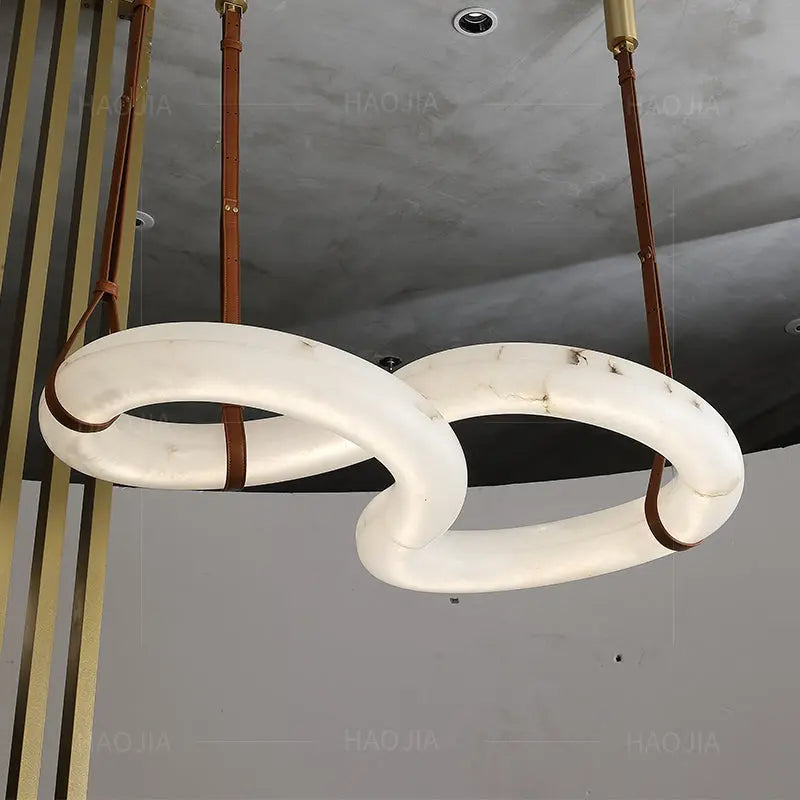Knowing when different markets open and close around the world is a big deal for anyone involved in trading. This isn't just about stocks; it also applies to other things like futures. This guide will walk you through the important times for major markets, helping you understand how global trading works and how to make smart choices. We'll cover everything from regular hours to how time zones can affect your trading day, especially when it comes to world market hours.
Key Takeaways
- Major stock exchanges like the NYSE, NASDAQ, London Stock Exchange, and Tokyo Stock Exchange all have their own specific operating hours that traders need to know.
- Time zones really impact how global trading works, and understanding these differences can help you find good trading times.
- The periods when major global markets overlap often lead to more trading activity and chances for price changes.
- Things like how much money is available to trade (liquidity), economic news, and transaction costs are important for futures trading.
- Commodity exchanges like the CME and ICE have long trading hours to include people from all over the world, which is different from typical stock market hours.
Understanding Major Global Stock Exchanges
It's super important to know when the big stock exchanges around the world are open if you're trying to trade. It affects when you can buy and sell, and how much action there is in the market. Let's take a look at some of the major players.
New York Stock Exchange and NASDAQ Operating Hours
The NYSE and NASDAQ are huge. Their hours really set the pace for global trading. Here’s the breakdown:
- Regular hours: 9:30 AM to 4:00 PM ET. This is when you'll see the most trading activity.
- Pre-market: 4:00 AM to 9:30 AM ET. You can trade, but there might not be as many buyers and sellers.
- After-hours: 4:00 PM to 8:00 PM ET. Same deal as pre-market – lower liquidity.
Keep in mind that the amount of trading going on can change a lot between regular, pre-market, and after-hours sessions. It's something to consider when you're planning your trades. You can find more information on market insights overview here.
London Stock Exchange Trading Schedule
The LSE is a key link between the end of the Asian trading day and the start of the American one. Its hours are:
- Trading hours: 8:00 AM to 4:30 PM GMT.
Tokyo Stock Exchange Trading Schedule
The TSE does things a little differently. Here's their schedule:
- Trading hours: 9:00 AM to 3:00 PM JST.
- Lunch break: 11:30 AM to 12:30 PM JST. Yep, they take a lunch break right in the middle of the day!
Strategic Importance of World Market Hours
Impact of Time Zones on Global Trading
Time zones aren't just about converting hours; they're about understanding the rhythm of different economies. The opening bell in Tokyo can send ripples through the closing trades in London, and that's something you need to keep in mind. It's like a global relay race where the baton is money, and if you drop it, well, you know. For example, the NYSE and NASDAQ are major players in the global financial landscape.
Market Anomalies and Special Trading Days
Markets aren't robots; they react to the real world. Political events, economic reports, even global crises can throw a wrench in the gears, leading to unexpected closures or special trading hours. You've got to stay informed and be ready to adapt. Think of it like this: if a major economic announcement is scheduled for 10 AM in London, expect some volatility around that time, no matter where you are.
Interconnectedness of Global Financial Markets
Global markets are more connected than ever. What happens in one market can have a domino effect on others. It's not enough to just watch your local exchange; you need to have a global perspective. Understanding these connections can give you a serious edge.
Trading hours aren't just about when the markets are open; they reflect economic cycles, investor sentiment, and even geopolitical shifts. They're not set in stone; they change with world events. The pandemic, for instance, caused significant shifts in trading patterns. Keep an eye on these changes to stay ahead.
Here's a simple example of how time zones impact trading:
- Asia Opens: Early trading activity often sets the tone for the European session.
- Europe Opens: European markets react to Asian trading and set the stage for the US.
- US Opens: The US market reacts to both Asian and European trading, creating potential volatility.
Understanding these overlaps is key to successful trading. The London Stock Exchange is a key player in this global dance.
Optimizing Your Futures Trading Approach

Leveraging Global Market Overlap for Opportunities
One of the smartest things you can do when trading futures is to pay attention to when different markets around the world are open at the same time. This is when you'll see the most activity and potentially the best chances to make a profit. For example, when the U.S. and European markets are both open, usually between 9 a.m. and 10:30 a.m. Eastern time, there's a surge in trading. This is also true around 1 p.m., when big institutions get back to work after lunch. Knowing these times can really help you time your trades.
Planning and Adjusting Your Trading Schedule
Think about when you're actually free to trade. Don't try to trade when you're supposed to be working or doing something else important. It's better to find times when you can really focus. If you can't trade during the day, maybe swing trading is a better fit for you. Also, try to adjust your schedule so you can trade when the market is most active. This might mean waking up a bit earlier or staying up a bit later, but it could be worth it. You should consider futures trading as a serious business.
Choosing the Right Strategy for Specific Trading Times
Not every trading strategy works well at all times. If you're day trading, you might want to use scalping strategies, which are all about making small profits on quick trades. If you're swing trading, you might want to use trend-following strategies, which involve holding trades for a few days or weeks to catch bigger moves. The key is to pick a strategy that matches the amount of time you have to trade and the kind of market conditions you're likely to see during those times. It's important to create a minimalist home office so you can focus on your trading strategy.
It's important to remember that trading involves risk, and there's no guarantee you'll make money. Always use risk management techniques, like setting stop-loss orders, to protect your capital. And never trade with money you can't afford to lose.
Here are some things to keep in mind:
- Know the trading hours: It sounds obvious, but you need to know when the assets you're interested in trade on different exchanges.
- Backtest your strategies: Use a trading simulator to test your strategies without risking real money. This is especially important when you're just starting out.
- Monitor economic and financial news: News events can have a big impact on futures prices, so stay informed about what's happening in the world.
Key Factors Influencing Optimal Futures Trading
The Role of Increased Liquidity in Trading
Liquidity is super important in futures trading. Higher liquidity usually means it's easier to get in and out of positions without drastically affecting the price. When more people are trading, there's more volume, and that can lead to tighter bid-ask spreads, which can save you money on transaction costs. Think of it like trying to sell something in a crowded market versus a deserted one – more people around means it's easier to find a buyer at a fair price.
Impact of Economic and Inflationary Influences
Futures contracts don't exist in a vacuum. They're heavily influenced by what's happening in the broader economy. Keep an eye on economic reports, inflation data, and any news that could affect the underlying asset. For example, a surprise announcement about interest rates could send shockwaves through the market. Staying informed helps you make smarter trading decisions. You should also monitor economic and financial news to stay ahead of the curve.
Understanding Bid-Ask Spreads and Transaction Costs
The bid-ask spread is the difference between the highest price a buyer is willing to pay (the bid) and the lowest price a seller is willing to accept (the ask). A tighter spread generally means lower transaction costs. Transaction costs can eat into your profits, so it's important to be aware of them. Factors like market volatility and liquidity can affect the size of the spread. Here's a quick rundown:
- Bid: Highest price a buyer will pay.
- Ask: Lowest price a seller will accept.
- Spread: Difference between bid and ask.
Keeping an eye on these factors can really improve your trading. It's not just about picking the right asset; it's also about understanding the market dynamics and how they affect your bottom line. Being informed and adaptable is key to success in futures trading. You can also use a futures trading simulator to practice without risking real money.
General Trading Hours for Major Commodity Exchanges
Chicago Mercantile Exchange Operating Hours
The Chicago Mercantile Exchange (CME) is a big player. The CME Group operates nearly 24 hours a day, from Sunday to Friday. For many things, like farm contracts, open outcry happens from 8:30 a.m. to 1:20 p.m. CT. But, electronic trading goes almost all day and night, Sunday to Friday, with a short break from 9 p.m. to 10 p.m. CT. It's important to check with your broker for the latest trading hours because these times can change.
Intercontinental Exchange Operating Hours
The Intercontinental Exchange (ICE) is also running most of the time, Sunday to Friday. Like the CME, ICE's exact times change depending on what you're trading. Some markets take a break between 9 p.m. and 10 p.m. ET. Make sure to check the specific trading schedule for the assets you're interested in.
Accommodating Global Participants in Commodity Markets
Both the CME and ICE aim to let people from all over the world trade and give them chances to trade commodities all the time. This means they try to have their hours work for people in different time zones. Understanding these hours is key to successful futures trading. Here are some things to keep in mind:
- Know the specific hours for each asset.
- Be aware of market sessions.
- Consider global market overlap.
It's important to remember that these hours can change because of holidays or other things. Always double-check with your exchange or broker to get the most up-to-date information.
Breakdown of Futures Market Trading Hours by Asset Class
Futures markets don't keep the same hours as the stock market. A lot of this has to do with what kind of asset they're based on. It's important to understand these differences so you can plan your trading day effectively.
Trading Hours for Metals and Energy Commodities
When it comes to gold, silver, crude oil, and natural gas, you'll find that these markets often have extended trading hours. Many are almost 24/7, which is great if you're trading from different time zones. However, keep in mind that liquidity can change a lot depending on the time of day. You might see lower trading volumes during off-peak hours, which can affect how easily you can get in and out of positions. Here's a quick look at what you might expect:
- Gold: Often trades nearly 24 hours a day, with some breaks.
- Crude Oil: Similar to gold, it has extended hours, but watch for those less liquid periods.
- Natural Gas: Again, pretty much 24/7, but volume matters.
Distinctions Between Stock and Futures Market Hours
One big thing to remember is that stock and futures markets operate on different schedules. Stocks usually have set hours, like 9:30 AM to 4:00 PM [US market hours], but futures can trade outside those times. This means you can react to news and events happening outside stock market hours, which can be a big advantage. Plus, futures markets often reflect expectations about future stock market performance, so they can give you a heads-up on potential market moves.
Personal Availability and Trading Style Considerations
Your own schedule and how you like to trade really matter when it comes to futures. Are you a day trader or a swing trader? Day traders need to be active during the most liquid hours, while swing traders can be more flexible. If you work a full-time job, swing trading might be a better fit. It's important to be realistic about how much time you can dedicate to trading and choose a strategy that works with your life.
If you're day trading, you'll need to be present to actively monitor your trading, unless you set profit/stop orders that will take care of the position in your absence. Many trading platforms have this feature.
Navigating Global Market Overlap

Significance of Major Financial Trading Hubs
When big markets overlap, it’s like a busy highway at rush hour. London, New York, and Tokyo each set a different pace. Sometimes your trading site might hit a security service block, so know who to call if you lose access.
- London kicks things off with early volume and news.
- New York drives a lot of activity in the afternoon.
- Tokyo moves Asia-Pacific sentiment before others log in.
Spikes in Trading Volume During Overlap Periods
You can actually spot charts jumping when two sessions run at once. Here’s a quick snapshot:
| Session Pair | Overlap (UTC) |
|---|---|
| London/New York | 13:00–16:00 |
| Tokyo/London | 07:00–08:00 |
| Tokyo/New York | Rare (just charts) |
Those hours often bring sudden swings. It can get noisy, so watch your stops.
Opportunities for Liquidity and Market Movements
When more players pile in, it’s easier to move in and out of positions. That extra activity can shrink bid-ask gaps and give you better pricing.
Overlap times aren’t magic, but they tend to bring more orders, tighter spreads, and more chances to catch a good move.
Still, more volume can mean more noise. Have a clear plan and stick to it.
Wrapping Things Up
So, we've gone through a lot about market hours, right? It might seem like a lot to keep track of, with all the different time zones and special days. But honestly, getting a handle on when markets open and close around the world is a pretty big deal. It helps you understand why things move the way they do, and it can even help you make better choices. Think of it like knowing when your favorite store has a sale. You wouldn't want to miss out just because you didn't check the hours. The financial world is always changing, but knowing these basics gives you a good starting point. It's all about being prepared and knowing what's happening, no matter where you are.
Frequently Asked Questions
When do the main U.S. stock markets open and close?
The New York Stock Exchange (NYSE) and NASDAQ are open for regular trading from 9:30 AM to 4:00 PM Eastern Time (ET). They also have special hours before and after this for early birds and late traders.
What are the trading hours for the London Stock Exchange?
The London Stock Exchange (LSE) is open from 8:00 AM to 4:30 PM Greenwich Mean Time (GMT). Its hours are super important because they connect trading from Asia to America.
How about the Tokyo Stock Exchange? What are its hours?
The Tokyo Stock Exchange (TSE) trades from 9:00 AM to 3:00 PM Japan Standard Time (JST). Fun fact: they take a lunch break from 11:30 AM to 12:30 PM, which is pretty unique!
Why is understanding time zones so important for trading?
Time zones are super important because they show how different economies are connected. When one market opens, it can affect another market that's closing, showing how everything is linked.
Can market hours change due to special events?
Things like big news, economic reports, or even global problems can cause markets to close unexpectedly or change their trading hours. Smart traders always keep an eye out for these special situations.
Which are the main exchanges for trading commodities like oil and gold?
The Chicago Mercantile Exchange (CME) and Intercontinental Exchange (ICE) are the two big ones. They pretty much operate almost 24 hours a day, Sunday through Friday, so people all over the world can trade.









































